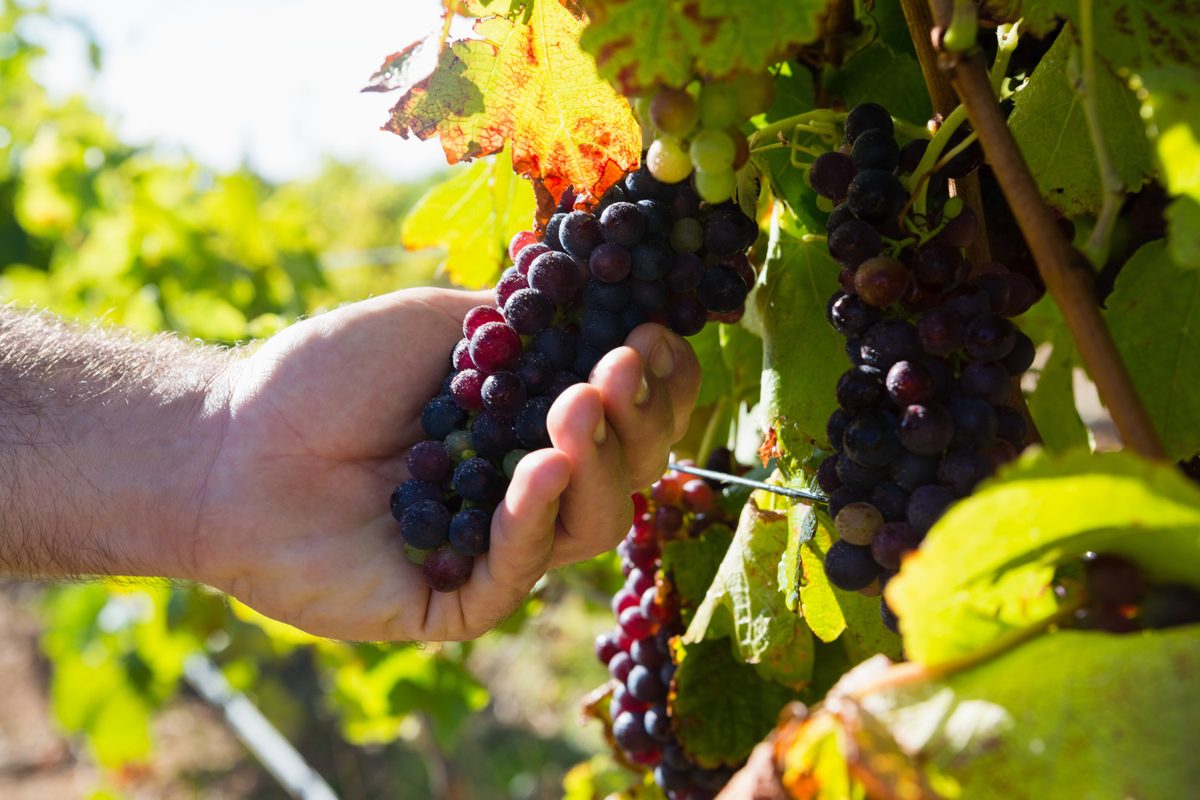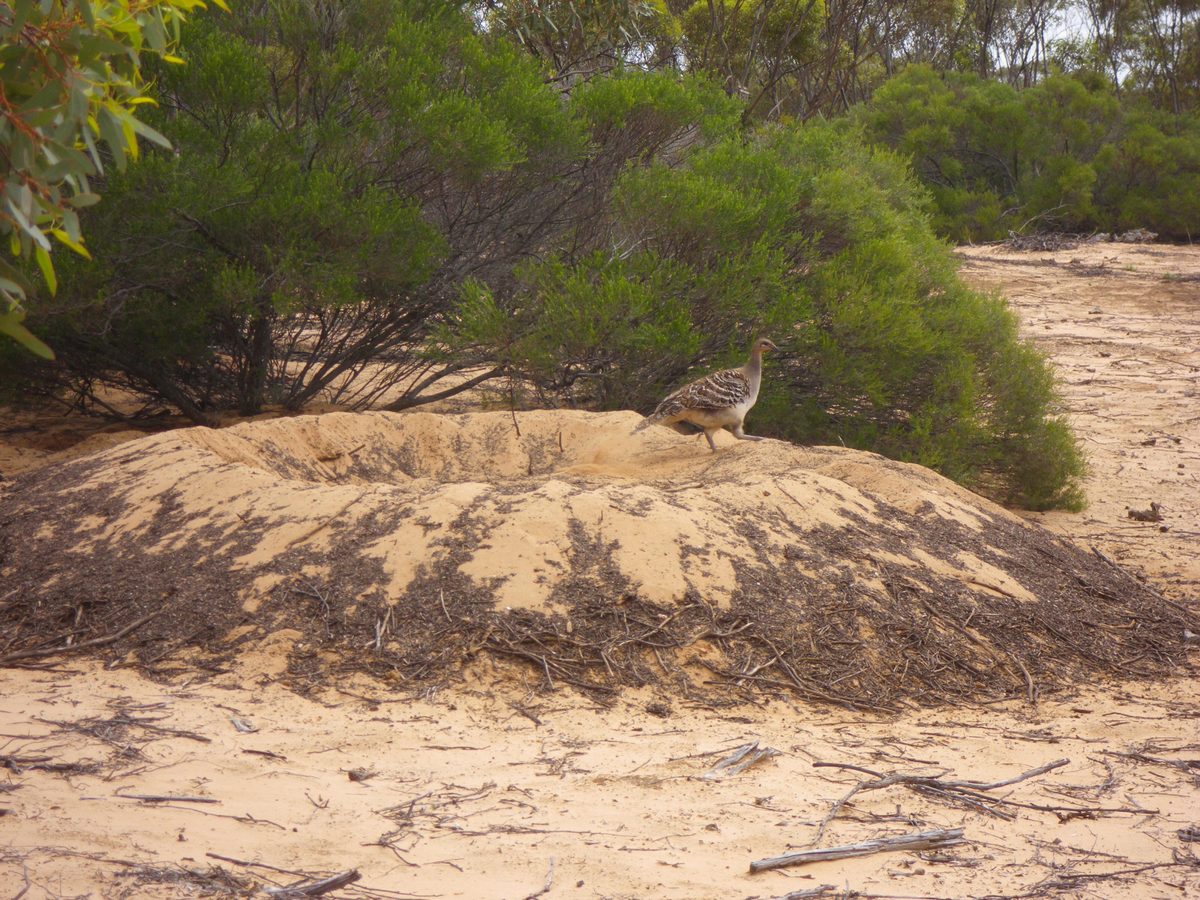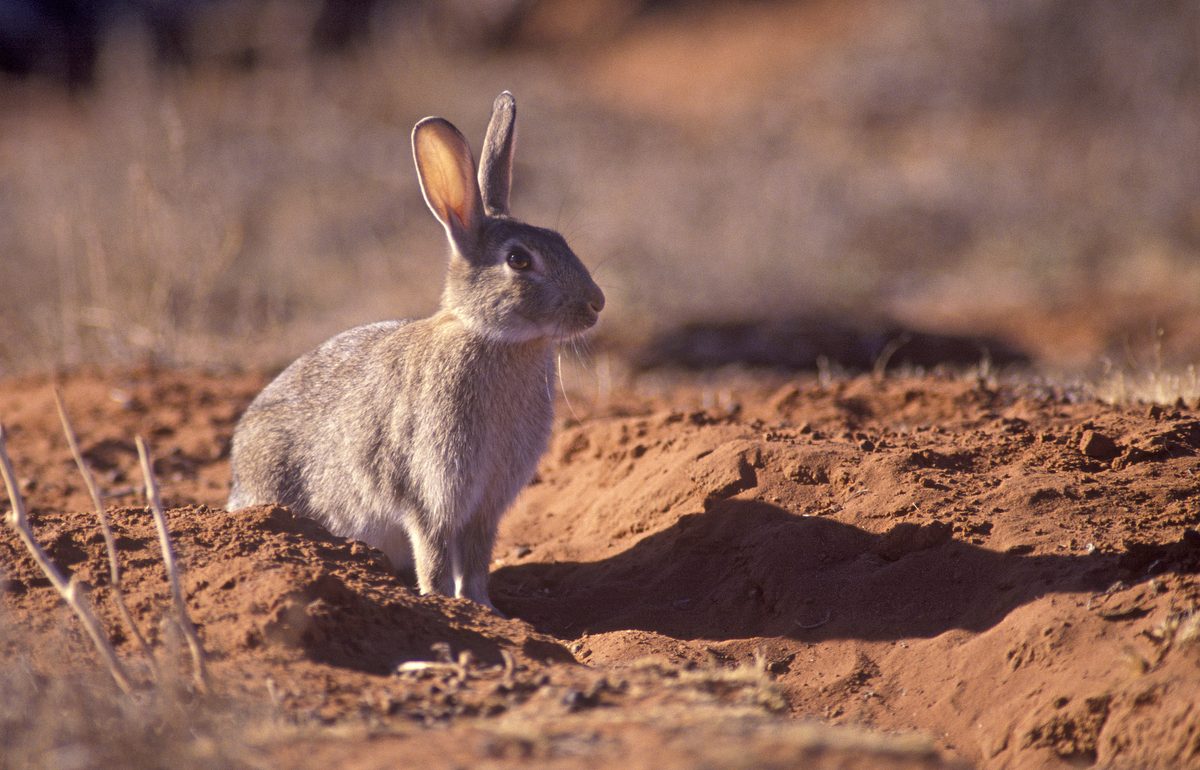Everyone chipping in to get the job done
Following an enquiry about rabbit control, the Murraylands and Riverland Landscape Board partnered with multiple landholders in the Loxton North and Bookpurnong area and the local council to cut down the feral rabbit population.
Posted 27 May 2021.
Murraylands and Riverland Landscape Board Senior District Officer Jodie Woof worked with neighbouring landholders to set up release sites for the RHDV1-K5 virus to control feral rabbits.
“The original enquiry was received in spring, which was the opportune time to conduct a K5 virus release because there was plenty of rabbit and insect activity to help the virus spread,” Ms Woof said.
“The virus alone will not eliminate all feral rabbits. That’s why it’s important we have a range of methods to use in the rabbit control toolbox, applying them as needed depending on the situation.
“Any type of pest animal control program is more effective when coordinated across the landscape with your neighbours.
“We always encourage landholders to talk to their neighbours, pests don’t know fence lines and the impacts are often felt more broadly than just your own patch.
“Following the spring K5 rabbit virus release, many of the landholders’ implemented follow-up methods, such as running 1080 and pindone baiting programs, removing harbor, fumigating and warren destruction.
As the conversations grew, additional neighbours and the local council also came on board contributing to the control program.”
The District Council of Loxton Waikerie assisted by using their large machinery to do warren ripping on a stretch of council managed land. This rabbit control landholder program has now extended to undertaking fox baiting and other rabbit control follow up measures in the same area.
Loxton North wine growers Tim and Carolyn Petch were keen to be involved.
“We started fox baiting in autumn last year with a couple of neighbouring growers. It went so well we extended through to spring with over 470 fox baits taken,” Mr Petch said.
“We also identified areas within our vineyards that had rabbit issues from adjoining scrub.
“The rabbits were gnawing holes in our drip lines and chewing off new shoots from our young vines.
“Once the K5 virus had been laid, we noticed a reduction in the rabbit numbers.
“We then followed up with ripping and collapsing the warrens in amongst the hopbush to help stop the breeding cycle.” Mr Petch said.
It is hoped the RHDV1-K5 release and continued follow-up control efforts will reduce the impact of rabbits where they have been causing excessive damage.
Feral rabbits are estimated to cost primary producers millions of dollars annually as they eat crops and pastures and threaten native plants and animals’ survival.
While the K5 virus is only harmful to rabbits, it does not impact other pets and livestock. However those who have pet rabbits may want to ensure they have them vaccinated against this virus and avoid contact with feral rabbits and insects.
If you would like more information on conducting a rabbit control program on your property, please contact the Riverland District team at the Murraylands and Riverland Landscape Board, Berri on 8580 1800.
This project is supported by the Murraylands and Riverland Landscape Board through funding from the landscape levies.


